ADR has decreased year over year for 36 consecutive months in South Korea (since September 2014) with massive supply growth playing a role in the equation. Healthy supply growth (+3.0%) once again limited occupancy and rate growth in India. In absolute terms, however, occupancy reached its highest level for a Q3 in India since 1996.
LONDON – Hotels in the Asia Pacific region reported positive results in the three key performance metrics during Q3 2017, according to data from STR.
U.S. dollar constant currency, Q3 2017 vs. Q3 2016
Countries of focus: India, New Zealand and South Korea
Asia Pacific
- Occupancy: +3.3% to 73.5%
- Average daily rate (ADR): +1.6% to US$98.39
- Revenue per available room (RevPAR): +5.0% to US$72.36
- Local currency, Q3 2017 vs. Q3 2016
India
- Occupancy: +0.9% to 62.4%
- ADR: +2.7% to INR5,265.96
- RevPAR: +3.6% to INR3,287.73
Healthy supply growth (+3.0%) once again limited occupancy and rate growth in the country. In absolute terms, however, occupancy reached its highest level for a Q3 in India since 1996. ADR hit its highest Q3 absolute value since 2012. Additionally, STR analysts note that there were almost 8,000 less rooms in the development pipeline in India compared with last September.
New Zealand
- Occupancy: +0.7% to 75.9%
- ADR: +10.3% to NZD177.89
- RevPAR: +11.0% to NZD134.99
According to STR analysts, New Zealand remains one of the strongest performers in the region due to consistent demand and a lack of significant supply growth. Figures from the Ministry of Business, Innovation and Employment showed that the country welcomed a record-breaking 3.7 million international visitors through August, which was a 9.2% increase compared with the same eight months in 2016. Holiday arrivals were the main contributor to the growth in arrivals.
South Korea
- Occupancy: -9.4% to 68.2%
- ADR: -5.7% to KRW151,106.19
- RevPAR: -14.6% to KRW103,094.24
ADR has decreased year over year for 36 consecutive months in South Korea (since September 2014) with massive supply growth playing a role in the equation. Since the beginning of 2015, the country has added more than 369,000 hotel rooms, and demand growth is not nearly keeping pace partly due to geopolitical tension in the region. STR analysts note that Group business has seen a noticeable decline, specifically with Chinese travelers. Given the volatility of the export balance with China as its biggest trade partner, South Korea is likely to fall back from its 17 million international arrivals in 2016, of which China accounted for nearly half. Through the first seven months of 2017, travelers from mainland China were almost halved in year-over-year comparisons, according to the Korea Tourism Organization.
Photo caption: Hotel Commodore, Busan, South Korea.
Tatiana is the news co-ordinator for TravelDailyNews Media Network (traveldailynews.gr, traveldailynews.com and traveldailynews.asia). Her role includes to monitor the hundrends of news sources of TravelDailyNews Media Network and skim the most important according to our strategy. She holds a Bachelor degree in Communication & Mass Media from Panteion University of Political & Social Studies of Athens and she has been editor and editor-in-chief in various economic magazines and newspapers.


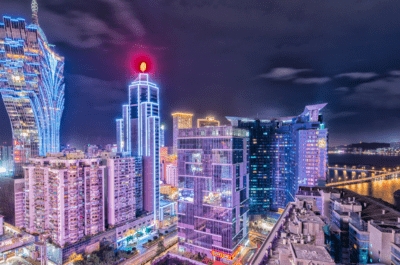
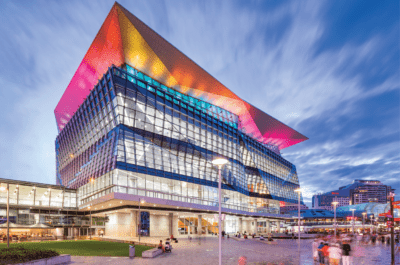

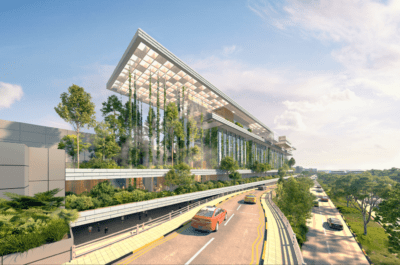

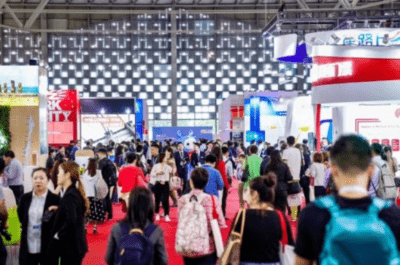





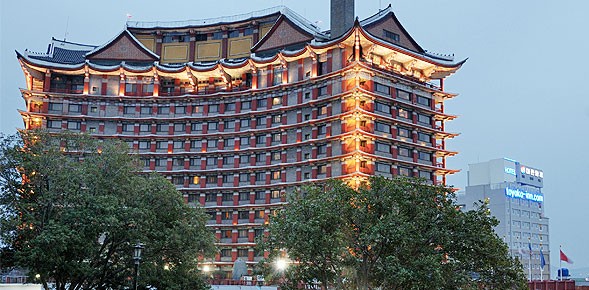


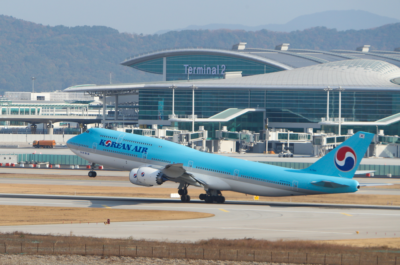


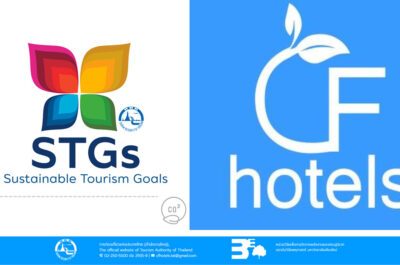
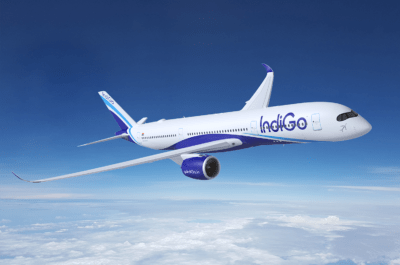
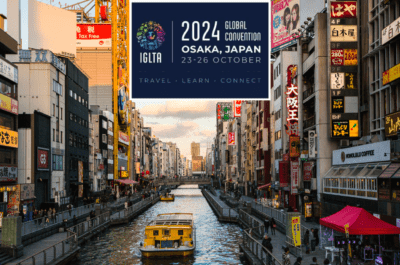


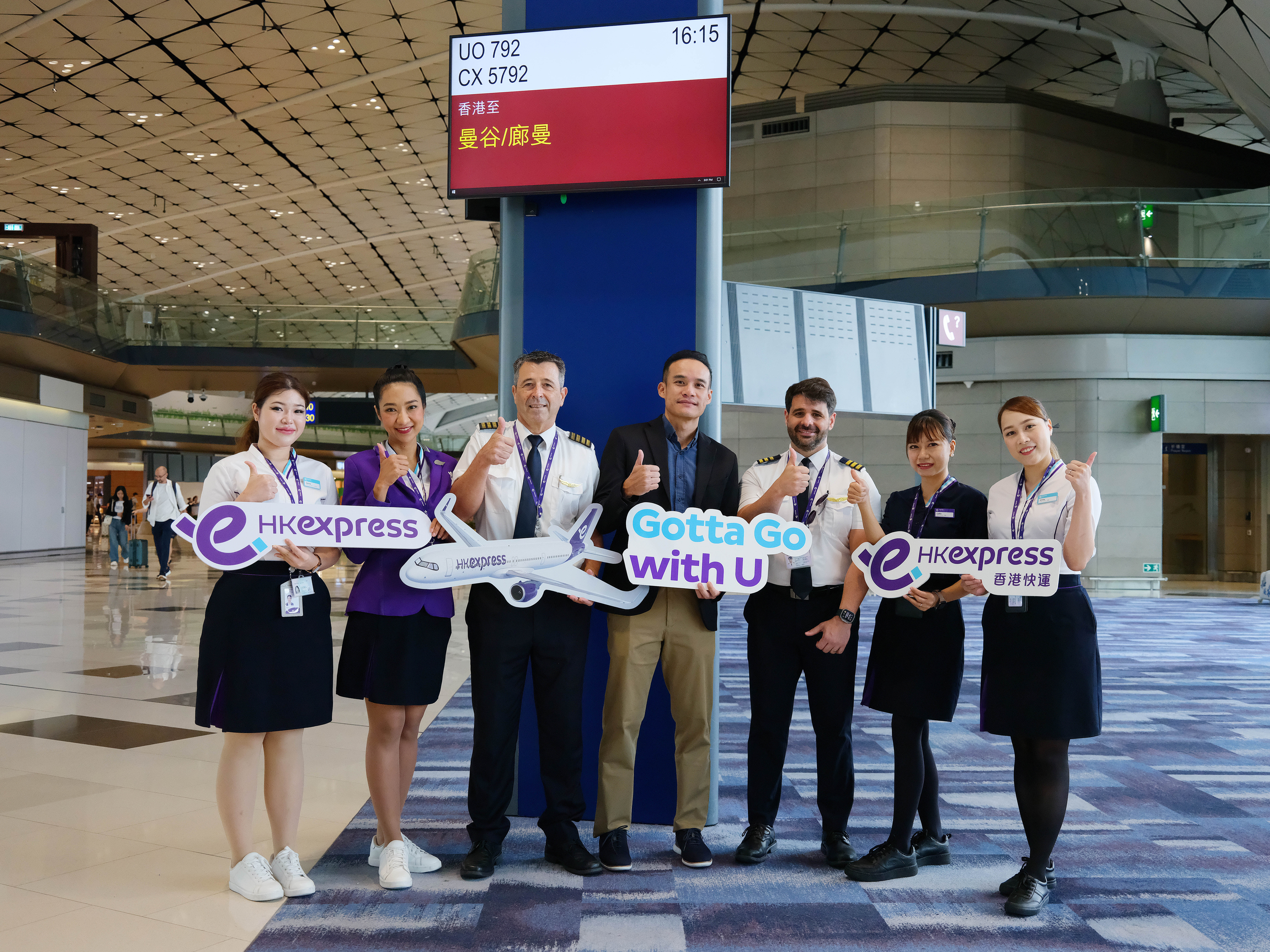
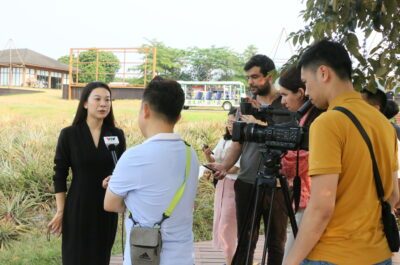
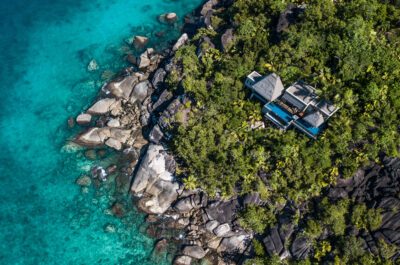
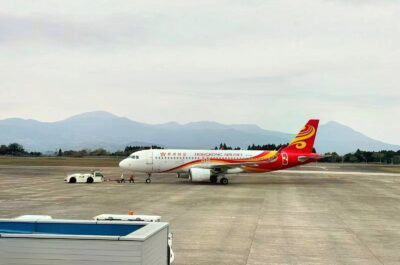
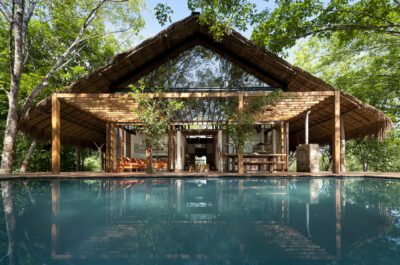



![[PR] PR_Ascott and Vimut Hospital_2024](https://www.traveldailynews.asia/wp-content/uploads/2024/04/PR-PR_Ascott-and-Vimut-Hospital_2024-400x265.jpg)









































